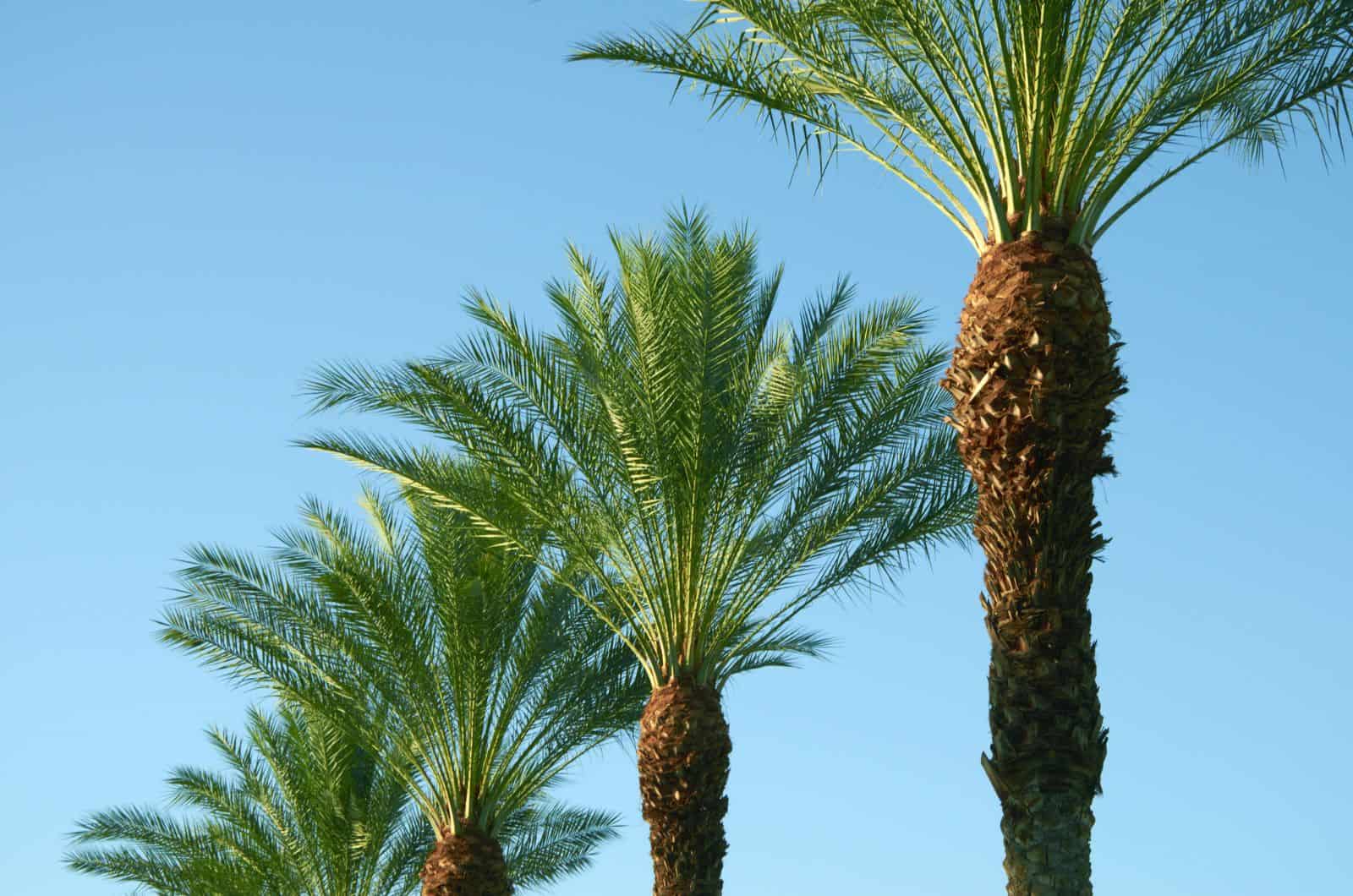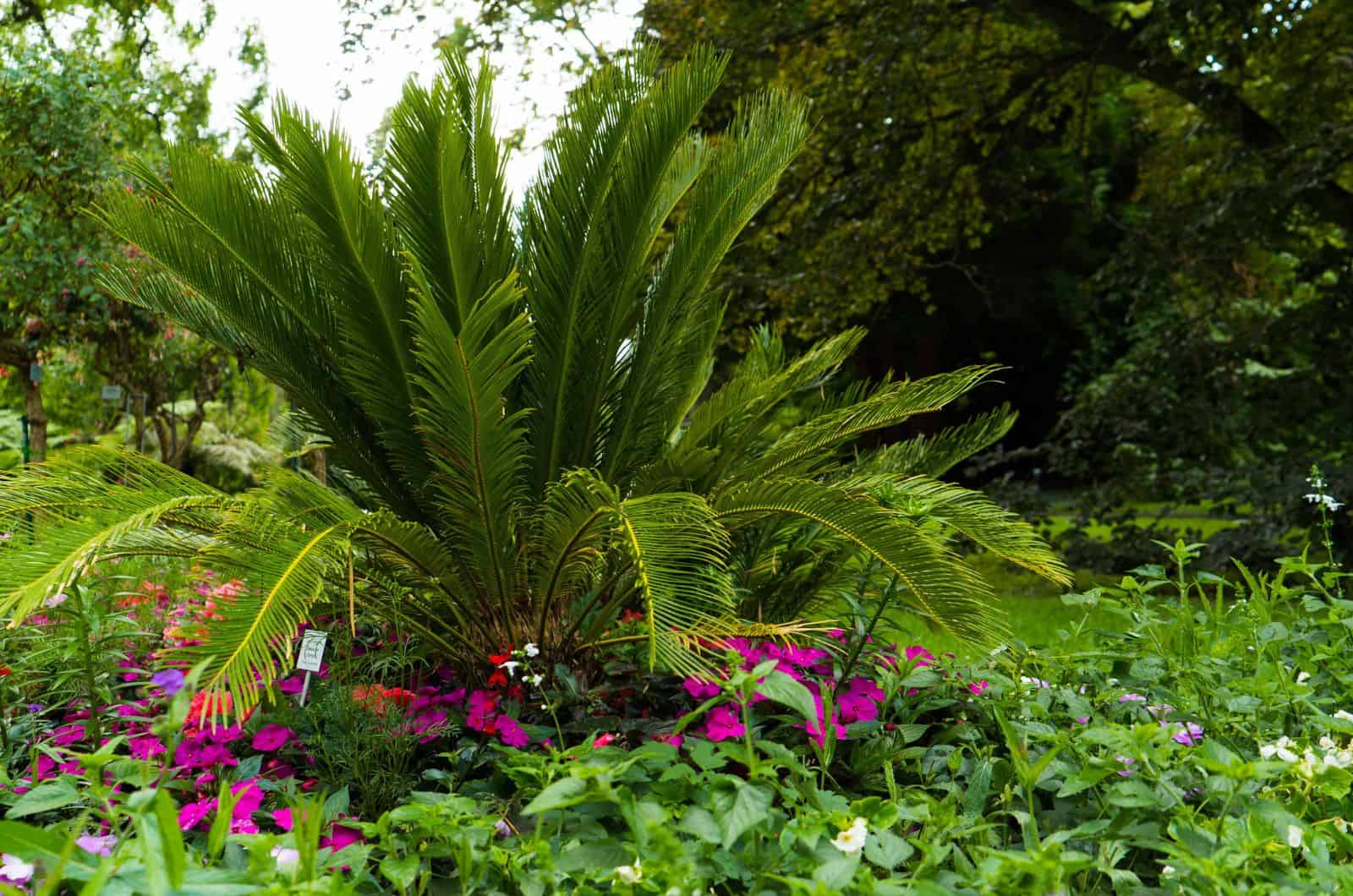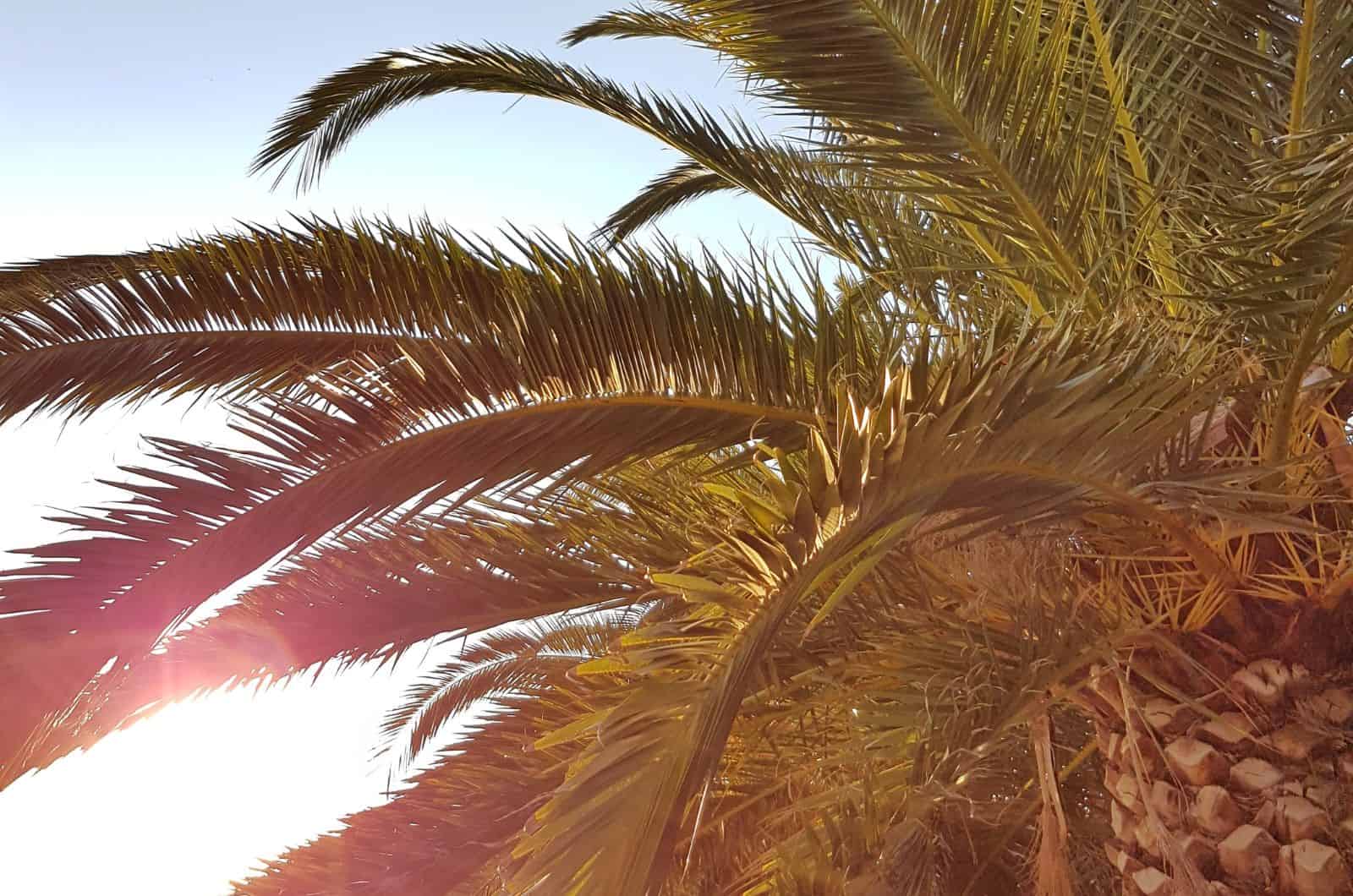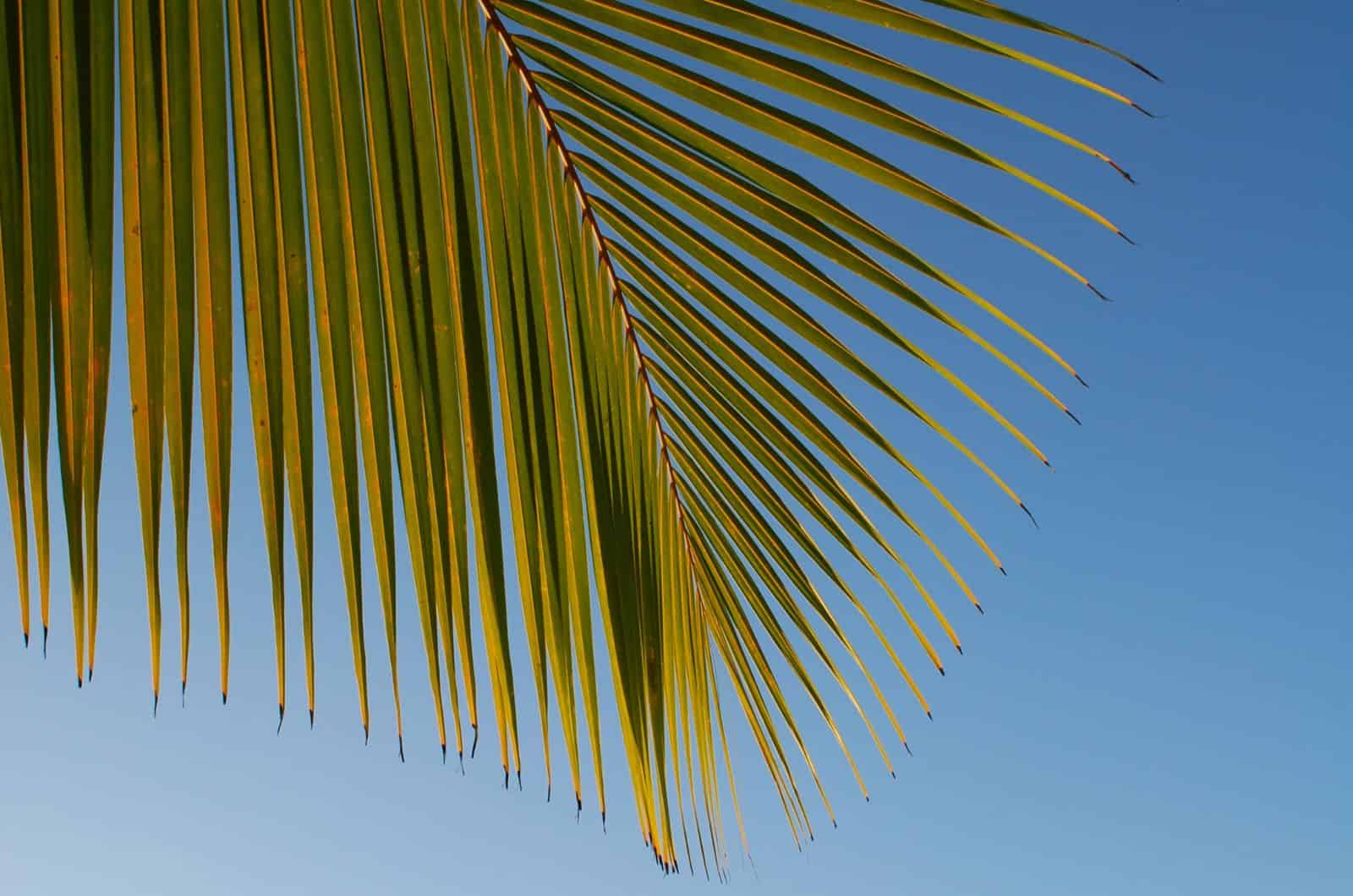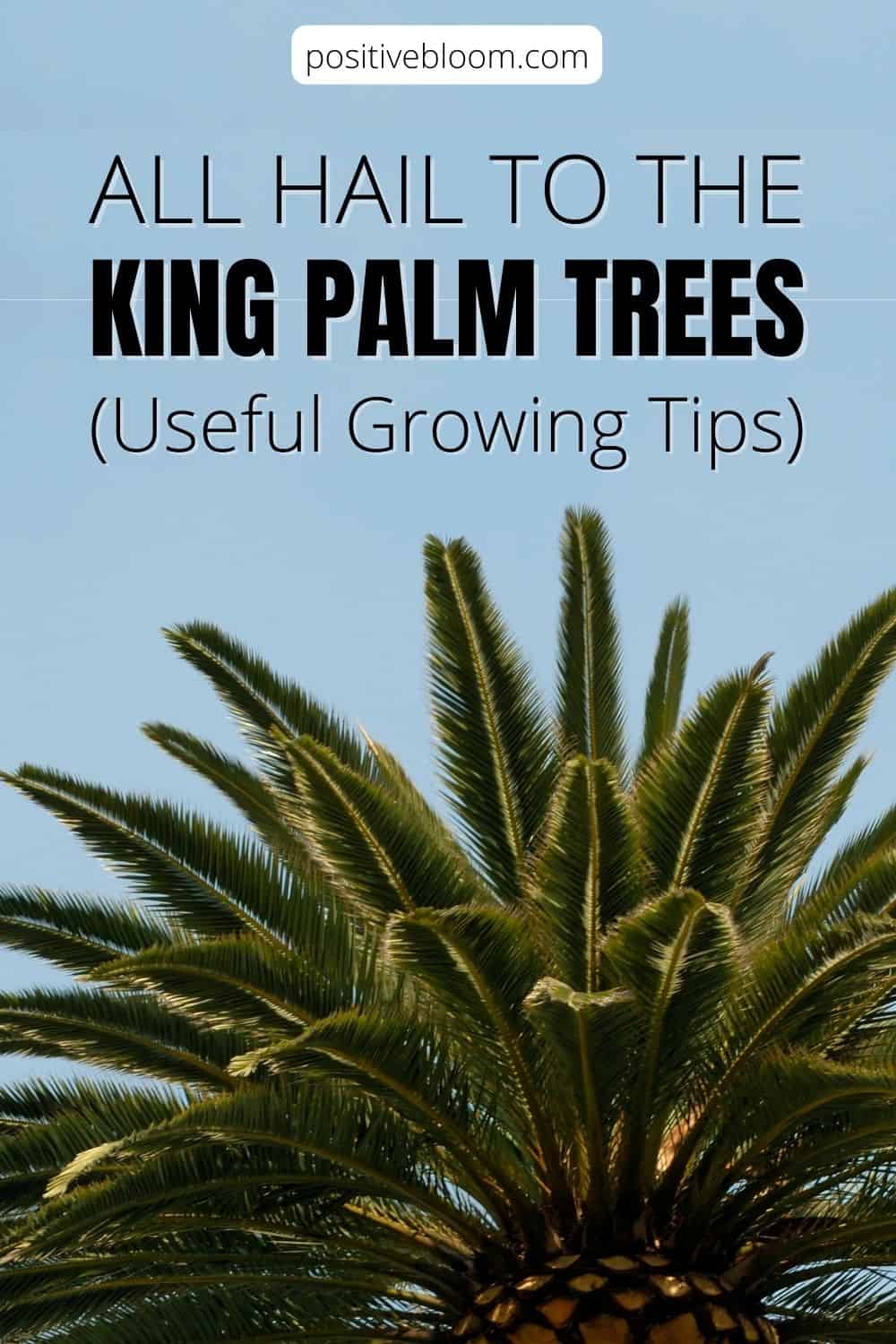If you have ever been to the beach, then you have probably spotted tall palms all around the coast. In that case, it is likely that you have already met the King palm trees!
King palms, also known as Archontophoenix cunninghamiana, are beautiful, cold-hardy tropical plants that can be seen all over Southern California, San Diego, Florida, and Santa Cruz.
What’s also interesting is that you can grow these palm trees indoors, so if you want to have tropical home decor so that it seems like you are constantly on vacation, then these are the right plants for you!
Keep reading to learn everything you need to know about the King palm trees.
King Palm Trees: Common Features
The King palm is native to Australia, and it goes by similar names that include Archontophoenix alexandrae, Alexander palms, and Alexandra palms. They belong to the Arecaceae family.
When grown outdoors, they can reach up to 40 feet tall and 15 feet wide. However, their growth is restricted in a container, which means that they will most likely stay small. This is ideal for indoor growing, though you could prune them every now and then.
The King palm has a smooth and gray single trunk, which can have small wounds left by the falling fronds — these often look like rings. The trunk measures around 1 foot in diameter, is slightly wider at the base, and has a lovely crownshaft at the top (usually green or brownish).
This palm also produces beautiful, arching fronds that have a light green color on both sides of the frond, though there can be some brownish scale on the underside. They have 100 to 150 leaflets, each measuring 6 to 12 inches.
Another great feature of these trees is that they are relatively tolerant to cooler temperatures — they can grow perfectly fine in Northern California microclimates, for instance. They thrive in USDA hardiness zones 9b to 11. The lowest temperature they can withstand is 25 degrees Fahrenheit.
Growers like to mix it up a bit and grow different types of palm trees, such as Cascade palms, Mexican fan palms, Kentia palms, Queen palms (Syagrus Romanzoffiana), Pygmy date palms, Foxtail palms, and Bangalow palms.
How To Grow King Palm Trees
These plants are low-maintenance and relatively easy to take care of. They need full sun to thrive, but they can also tolerate growing in partial shade.
There is little fuss around the watering needs — all you have to do is check the soil before watering. If the soil has dried out, then you should water your palms. If not, then skip watering for a few days.
These plants thrive in high humidity because they are accustomed to tropical conditions. If you don’t want to see any leaves with brown tips, you should buy a humidifier or frequently mist the leaves of your plants. You can find a decent humidifier for a fair price online, or you can spray the palm leaves three to four times per week.
For these palms to flourish, the soil must be fertile, loose, and well-draining. The right soil type is available from your local nursery, or you can make one yourself.
Potting soil combined with peat moss should always be used to make homemade palm tree substrate because it holds water and prevents overwatering. Anytime your plant feels the need, it can take water from the peat moss.
These plants don’t exactly grow quickly, so it only makes sense that we would want to assist them to grow as quickly as possible.
As a result, you should fertilize these trees twice a year with a slow-release fertilizer or once a month with a liquid fertilizer (you can dilute it if you’re concerned about over-fertilizing or if it says so on the box).
Always feed your plants in the spring and summer while they are actively growing, and cut back on fertilizer use or strength in the fall.
Pests & Diseases
Aphids, mealybugs, and spider mites are the most prevalent insects that eat the beautifully green foliage of this plant.
Early detection of the infestation will spare you some hassle and prevent holes in your palm leaves.
Constantly keep an eye on your palms, and as soon as you spot a single bug, isolate the infected plant from the others and begin treating it. If the infestation is minor, you can get rid of the bugs by hand or by dipping a Q-tip into rubbing alcohol.
Root rot is the disease that affects these plants most frequently, and it might be the reason your palm tree is dying. When we hear the phrase “tropical,” we frequently overwater plants, which leads to root rot. Despite the fact that they enjoy moisture, you should take precautions when irrigating them because they don’t necessarily want to be soaked.
Although preventing root rot is ideal, there are a few things you can do if the damage has already been done.
If you see anything odd, the first thing to do is to look at the roots. They will be brown and mushy if they are infected. This can also cause stunted development, yellowing of the leaves, a droopy, wilted appearance, and an unpleasant scent. You should cut back on watering and repot your plant in a new container with fresh soil after removing the affected roots.
To Sum Up
The King palm trees are truly breathtaking, but the thing that makes them unique is their ability to endure cooler temperatures — we don’t see that in tropical plants often!
What’s also great is that you can grow them indoors as well, and you can even put them in partial shade. It is also quite easy to take care of these plants. All you have to do is make sure to keep their soil moist, but avoid overwatering as they can be easily affected by root rot.
Fertilize them every now and then, and make sure they have enough humidity around them.
I hope this article was helpful!
Until next time!
Like this post? Share or pin it for later!

